This week, federal regulators increased the size of the Gulf fishery closure to 37% percent of federal waters. As the disaster continues, concerns are spreading across international boundaries, including to Cuba where the U.S. closure already abuts 250 miles of that nation’s waters.
Most at risk is the ecologically rich northwest coast of Cuba, home to coral reefs, seagrass beds, and mangrove forests. These ecosystems are breeding, nursery and feeding grounds for fish, sea turtles, sharks and manatees. At the same time, these systems protect coastal communities from hurricanes and storm surges. Like the U.S., this disaster threatens important economic activity and livelihoods from commercial fishing to eco-tourism.
EDF’s Cuba program is sharing information with Cuban officials, scientists, and conservationists, helping the country keep a watchful eye on the path of the oil. Unfortunately, the political differences between the U.S. and Cuba means there are no official mechanisms to communicate and cooperate on the crisis.
I recently spoke at the New America Foundation in Washington, D.C., calling on the Obama Administration to work with Cuba. EDF also supports similar recommendations in a report from the Brookings Institution entitled, Coping with the Next Spill: Why U.S.-Cuba Environmental Cooperation is Critical.
For half a century, a political gulf has divided our two countries. Finding ways to collaborate to respond to the BP oil disaster is in our mutual interest—to help Cuba prepare and respond to the worst, and to develop a strong foundation for the future to protect our shared environment. It is time for a pragmatic approach.
Never miss a post! Subscribe to EDFish via a email or a feed reader.










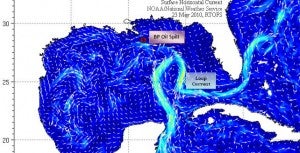
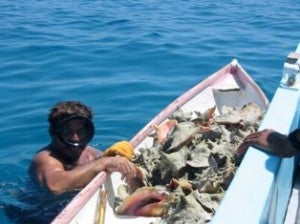
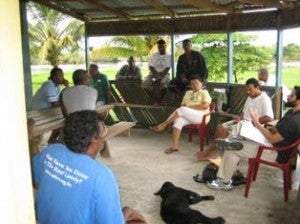
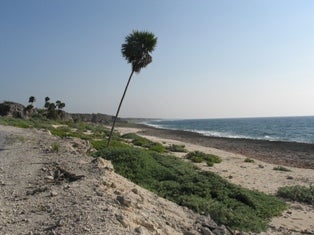
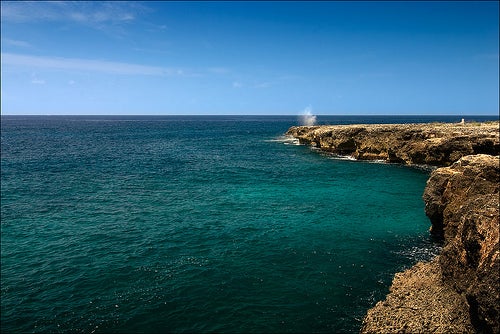
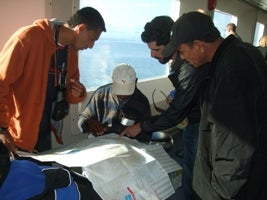 Several times a year, EDF takes a delegation of fishermen, policy makers and other leaders in the ocean conservation community and fisheries industry to British Columbia to see, first hand, an effective catch shares program at work. Last week, Larry Epstein, Ayelet Hines, Michael Clayton, and Nicanor Requena of the EDF Oceans program hosted a delegation of fisheries stakeholders from Belize on an international exchange to visit the B.C. groundfish fishery.
Several times a year, EDF takes a delegation of fishermen, policy makers and other leaders in the ocean conservation community and fisheries industry to British Columbia to see, first hand, an effective catch shares program at work. Last week, Larry Epstein, Ayelet Hines, Michael Clayton, and Nicanor Requena of the EDF Oceans program hosted a delegation of fisheries stakeholders from Belize on an international exchange to visit the B.C. groundfish fishery.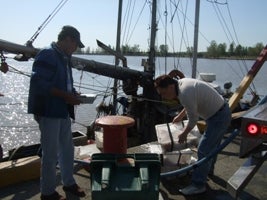 Some of the fisheries managed by catch shares in the B.C. groundfish fishery have increased in value ten-fold as a result of healthier and improved fish stocks and habitat. During the conversations among B.C. and Belizean government managers, fishermen, and conservationists, the delegation learned how the B.C. catch share evolved and discussed lessons learned. In addition, the delegation visited the catch shares monitoring facility and observed the process of assessing and recording the catch at a dockside offload site.
Some of the fisheries managed by catch shares in the B.C. groundfish fishery have increased in value ten-fold as a result of healthier and improved fish stocks and habitat. During the conversations among B.C. and Belizean government managers, fishermen, and conservationists, the delegation learned how the B.C. catch share evolved and discussed lessons learned. In addition, the delegation visited the catch shares monitoring facility and observed the process of assessing and recording the catch at a dockside offload site.